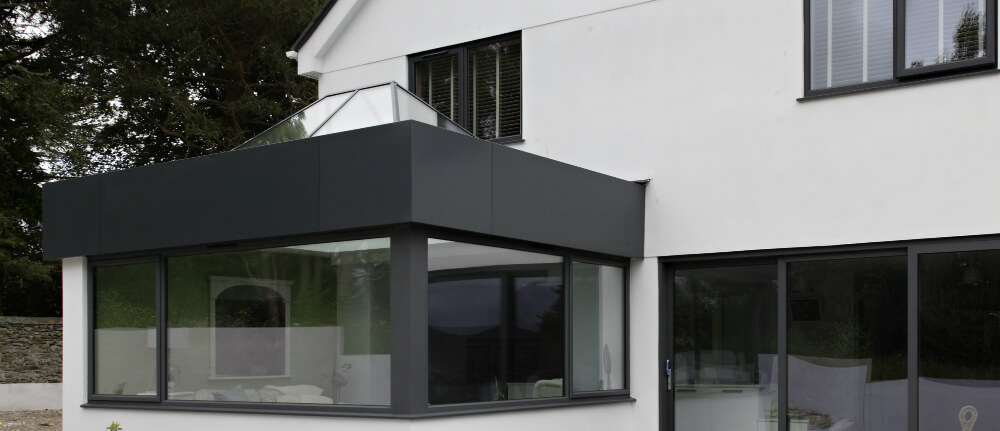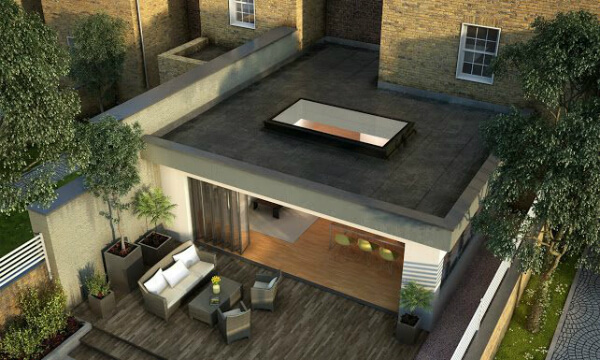
Do I Need Planning Permission to Install a Rooflight?
Planning permission is a key concern for many when installing a rooflight. We break down the regulations and requirements.
Rooflights are a great way to improve your home. They bring in more light and create a sense of space which can completely change the character of a room. Of course, though, they’ll also alter the outside of a building, which leads many to question whether they need planning permission.
So, whether you’re just starting to consider a project or want to confirm the facts before you get any further, you’ll need to fully understand the planning regulations surrounding rooflights.
What Are the Government Guidelines?
In England and Wales, you won’t need planning permission for most skylights. However, the rules in Scotland are stricter, and planning permission will be required for skylights.
The Government’s Planning Portal states that in England and Wales, the following conditions apply to rooflights:
- They mustn’t protrude more than 150mm beyond the plane of the roof
- They can’t be higher than the highest part of the roof
- If it’s a side facing window it must be obscure-glazed. If it’s an opening window it must be 1.7 metres above the floor level.
As long as your new rooflight complies with the above, there’ll be no need for planning permission. However, there are some exceptions that you’ll need to consider.
Rooflights in Listed Buildings or Conservation Areas
Before undertaking any skylight project, you should check with your local planning authority that there’s no Article 4 Direction on your property. An Article 4 removes the right to carry out a permitted development, such as a rooflight. They tend to be in place on buildings of acknowledged importance, so it’s common for Article 4s to be in conservation areas.
If you do want to install a rooflight on a building that’s under an Article 4, you’ll need to apply for planning permission.
Building Regulations

Although skylights are primarily an aesthetic improvement, it’s essential to ensure that the roof continues to work as required. For this reason, even if you don’t need planning permission, you must consult the Building Regulations.
Parts J and L of those regulations cover requirements relating to energy efficiency, thermal insulation and the protection of the building against fire. Your rooflight will need approval under the regulations for the following reasons:
- The roof structure often needs altering to install a rooflight
- The roof will have to carry the weight of a new skylight, or be strengthened
- If a skylight’s close to a boundary, you must consider its fire performance
- The rooflight must have sufficient insulation properties to protect against heat loss
Regulations require buildings to be heat efficient, and Ug-values measure how much heat is lost through a building, with a higher figure meaning more heat is lost. Part L of the Regulations sets a maximum Ug-value for any building work. Our skylights have a U Value of just 0.6, meaning they’re incredibly heat-efficient, and fall well within the requirements.
Wherever you live, before installing a skylight, it’s worth consulting your local authority to deal with any potential planning issues before work has begun.
Get in touch with us today to find out more about how our rooflights can improve your home.
